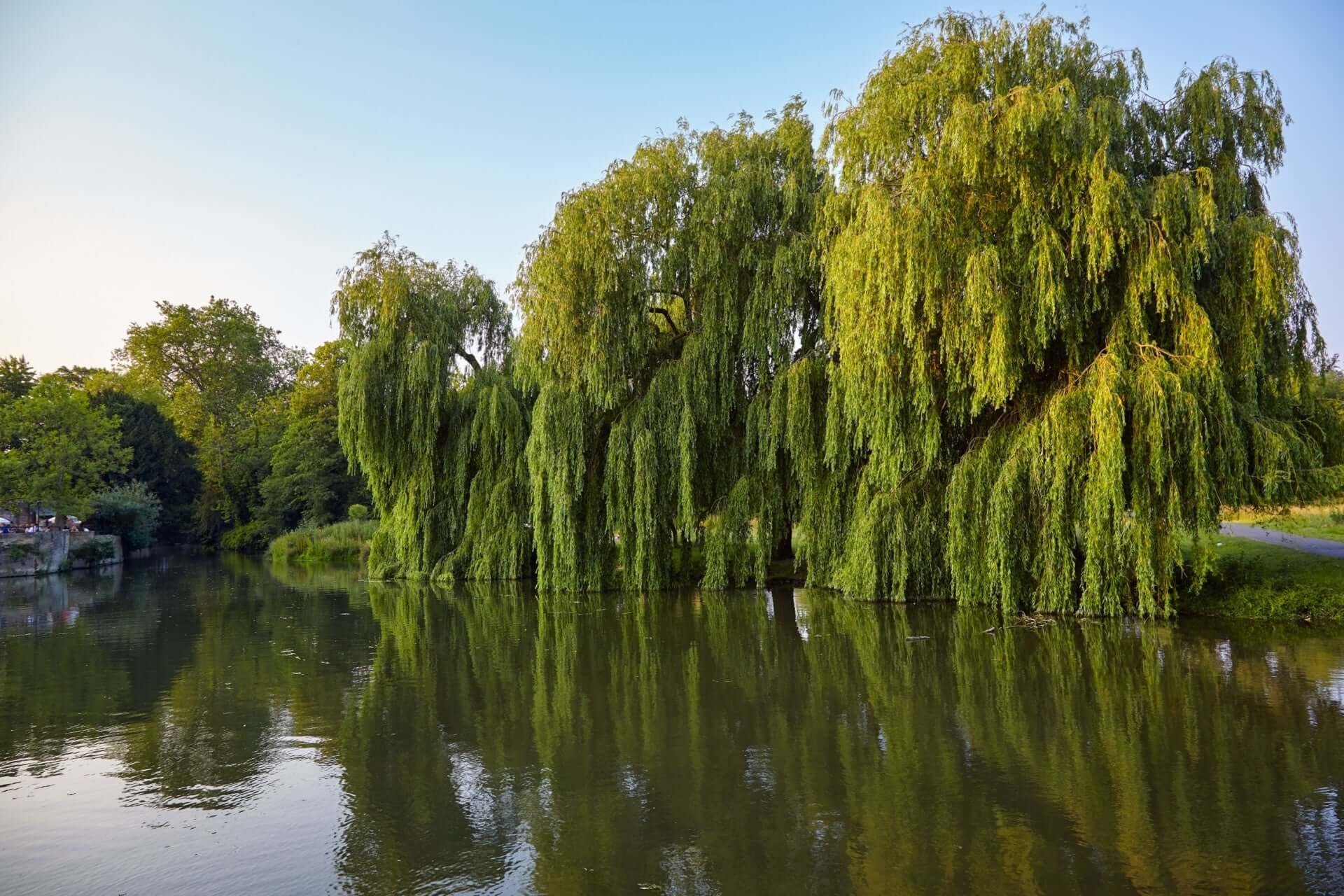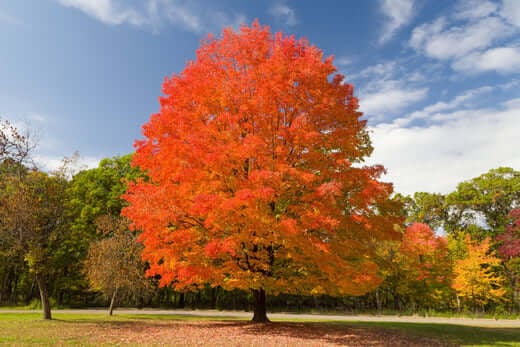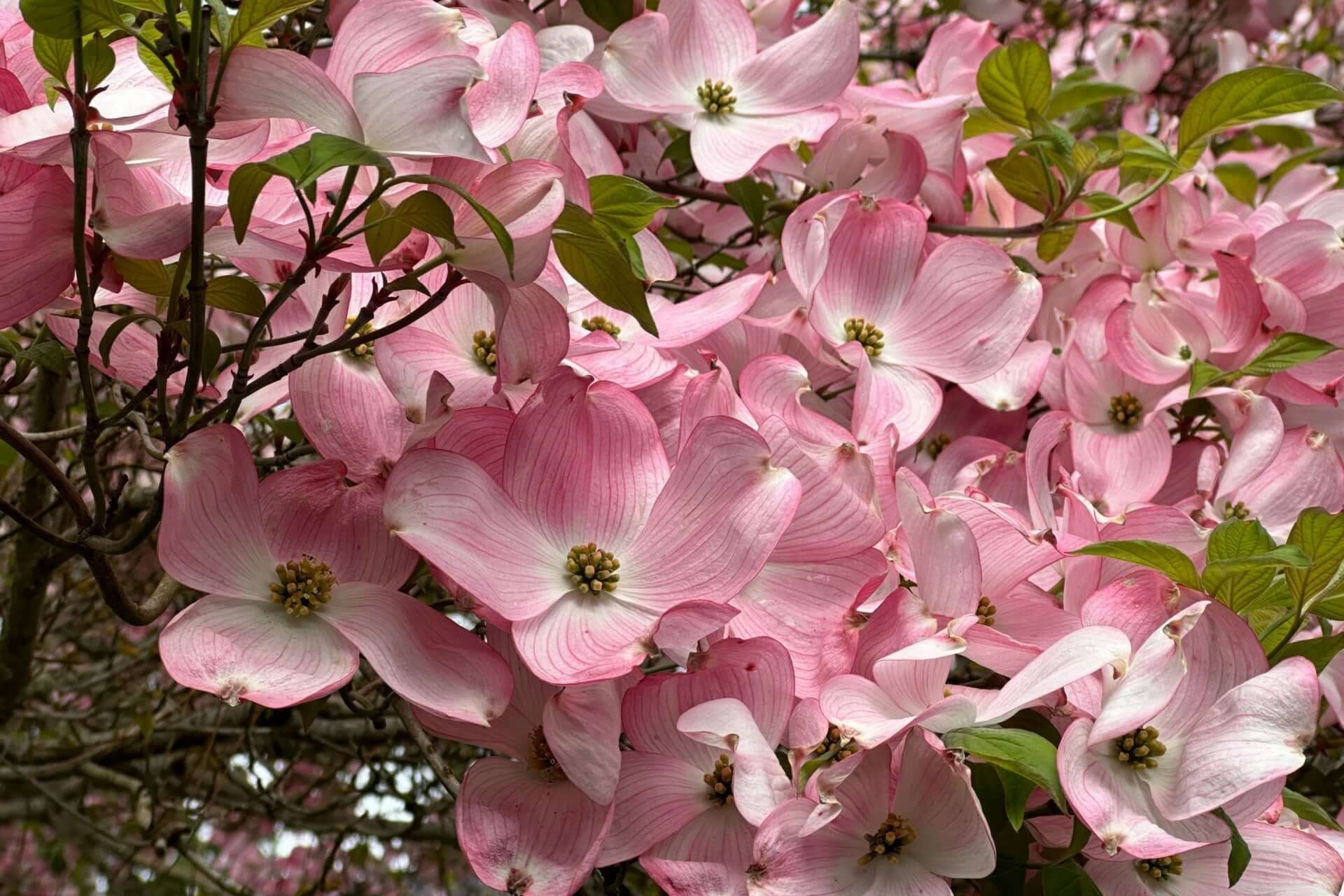The Pink Princess Dogwood tree brings elegance to any garden with its delicate blush-colored blooms and lovely foliage. This stunning deciduous tree, known for its graceful form and captivating flowers, is a favorite among gardeners. The Pink Princess Dogwood combines hardiness with ornamental appeal, making it an excellent choice for various garden settings. As its splendor unfolds in different seasons, it provides year-round visual interest with its brilliant spring blossoms, lush summer foliage, and striking autumn hues. Understanding its growth habits, blooming cycle, and care requirements can help ensure your Pink Princess Dogwood flourishes.
How big does Pink Princess Dogwood get?

Pink Princess Dogwood trees typically grow to 15 to 25 feet. Their size makes them versatile enough to fit into various landscapes, whether as a standalone specimen or part of a mixed border. The mature tree's width provides a broad shade area, creating a cooling effect during summer while showcasing its pink blossoms during spring. Because it does not reach an overwhelming size, it's ideal for residential settings where space might be limited, yet the gardener still wants a striking focal point.
Pink Princess Dogwoods grow moderately in their youth, averaging about 2 feet annually. Their height and spread are relatively easy to manage, allowing gardeners to control the size of the tree through pruning if necessary. It's best to prune in late fall or winter, when the tree is dormant, to maintain its shape and health. With proper care, the tree develops a vital structure supporting its beautiful display of flowers. Its moderate growth rate also means it won't outgrow its space too quickly, making it a suitable choice for more compact gardens.
How many years does it take for a Pink Dogwood to bloom?
Pink Princess Dogwoods typically begin blooming when they are around 3 to 5 years old, depending on growing conditions and care practices. The tree's early blooms are a sign of its maturity and health. These first blossoms may be smaller and less profuse than those seen on a fully mature tree, but they are a welcome sight for gardeners eager to see the tree's true beauty unfold. As the Pink Princess Dogwood grows, the blooms become more abundant and vibrant, typically reaching their peak around 7 to 10 years.
Patience is rewarded with this species, as proper planting and care can encourage earlier blooming. Ensuring the tree has well-drained soil rich in organic matter, adequate watering, and access to partial sunlight helps foster healthy growth and bloom production.
Are Pink Dogwoods hard to grow?
While Pink Princess Dogwoods are relatively easy to grow, they require specific care to thrive. Like all dogwoods, they prefer well-drained, slightly acidic soils and locations with partial sun exposure. Full sun can be tolerated, especially in cooler climates, but some afternoon shade helps protect the tree from excessive heat, particularly during the summer.
Watering is crucial, especially in the first few years after planting. While established trees are relatively drought-tolerant, young Pink Princess Dogwoods need regular moisture to help develop strong roots. Disease resistance is another important consideration. Pink Princess Dogwoods can be prone to joint issues like powdery mildew or dogwood anthracnose. Still, proper spacing for good air circulation and avoiding overhead watering can minimize these risks. Checking the tree regularly for any signs of disease or pest activity allows for early intervention, ensuring that your tree remains healthy and robust.
What is the prettiest Dogwood?

The Pink Princess Dogwood is often considered one of the prettiest dogwood varieties due to its enchanting pink flowers, which stand out against the vibrant green of its leaves. Unlike the standard white-flowered dogwoods, the Pink Princess adds a splash of color that brightens spring gardens. The tree's flowers are beautiful and unique, with four petal-like bracts that reveal a cluster of tiny actual flowers at the center. This display gives the impression of a large, singular bloom, making it a showstopper in full flower.
The allure of the Pink Princess doesn't end with its spring blooms. Throughout the summer, the tree's dark green leaves create a lush canopy, while in autumn, the foliage turns to shades of reddish-purple, adding yet another layer of seasonal beauty. The tree's winter silhouette and graceful branches also provide architectural interest when the leaves have fallen. The Pink Princess stands out for its year-round charm and versatility compared to other dogwoods, such as the white flowering Cornus florida or the red twig varieties known for their winter stems.
The Pink Princess Dogwood specializes in ornamental trees, bringing elegance and a pop of color to various garden styles. Its manageable size, coupled with its vibrant blooms and multi-seasonal interest, make it an excellent choice for gardeners who wish to cultivate a landscape that's both beautiful and easy to care for. Whether planted in a small garden as a standout feature or incorporated into a larger landscape design, the Pink Princess Dogwood will continue to captivate and inspire with its delicate, pink-hued blossoms.
Read more

Weeping willows offer an unmistakable charm that can transform landscapes into tranquil retreats. However, understanding their rapid growth, potential drawbacks, and specific planting requirements ...

The sugar maple tree truly encapsulates what a yard tree should be: beautiful, resilient, and functional. Its steady growth, the allure of its autumnal foliage, and practical benefits ensure that i...



